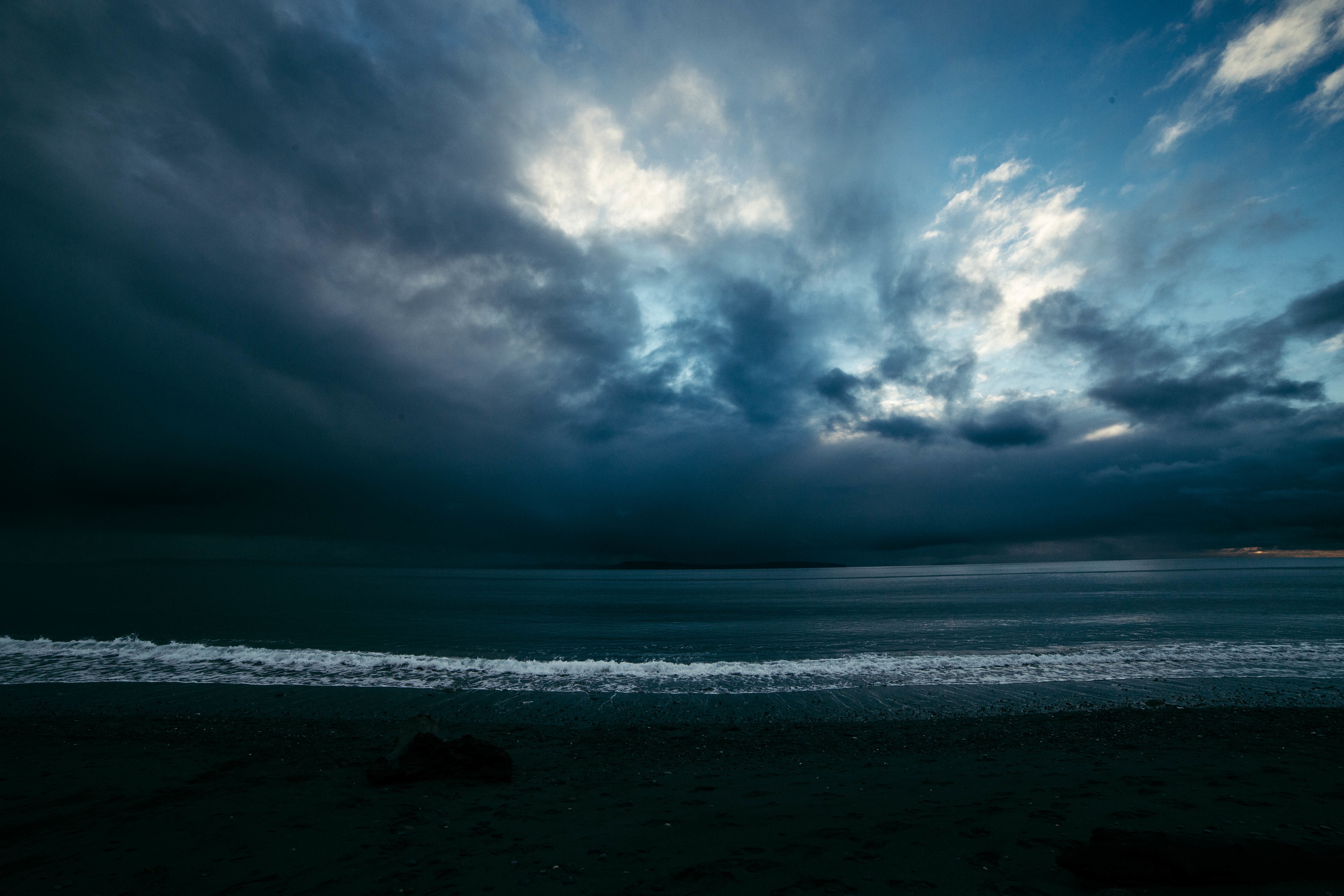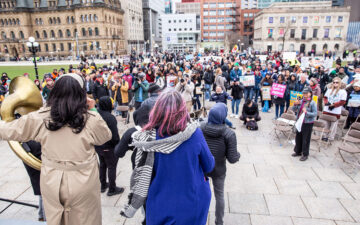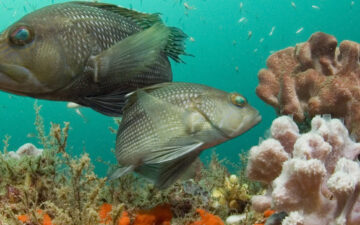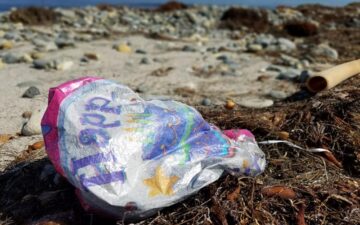“I’ve never seen it like this before.” That is what I have heard over and over as I traveled to different regions in the past couple of weeks—in La Jolla and Laguna Beach, in Portland and in Rockland, in Boston and Cambridge, in New Orleans and Covington, in Key West and Savannah.
It wasn’t just the record breaking warmth of March 9 in the northeast or the devastating flooding that followed record setting days of rain in Louisiana and other parts of the south. It wasn’t just the early blooming of so many plants or the devastating toxic tide that is killing sea mammals and harming shellfish harvests all along the west coast. It wasn’t even getting bitten by a mosquito even before spring officially started in the northern hemisphere! It was the overwhelming sense by so many people, including other panelists and presenters at these meetings, that we are in a period of change rapid enough for us to see and feel, no matter what we are doing every day.
In California, I spoke at Scripps about the potential role of blue carbon in helping to offset some of the effect of human activities on the ocean. The hopeful, solution-oriented graduate students who met with me and asked great questions are fully aware of the legacy from the generations before them. In Boston, I gave a talk on the potential effects of climate change on seafood —some we are already seeing, and some we might see. And no doubt, there are many that we cannot anticipate because of the nature of rapid change—we have never seen it like this before.

TOF Seascape Council member Aimée Christensen talked about how her family’s commitment to expanding solar power investments in her home town of Sun Valley is designed to improve the resilience of the community by diversifying its power sources—and align their interests with their mission. On the same panel, TOF Board of Advisors Chair, Angel Braestrup, talked about the process of aligning funders, businesses, and non-profit entities to identify good investments for coastal communities and the ocean resources that sustain them. Rockefeller & Company’s Rolando Morillo and I presented on the Rockefeller Ocean Strategy and how early board members of The Ocean Foundation had helped inspire the search for investments that were actively good for the ocean, rather than just not bad for the ocean. And everyone escaped the windowless conference rooms for a few moments to bask in the warm spring air. We just haven’t seen it like this on March 9 before.
In Key West, we members of the Sargasso Sea Commission met to talk about conservation of the Sargasso Sea (and its floating mats of sheltering, nurturing seaweed). The Sea is one of the most important ocean habitats for baby sea turtles and eels. Yet, in recent years, there has been an incredible surge in giant mats of sargassum washing up on beaches across the Caribbean, the worst so far in 2015. So much seaweed that its presence caused economic harm and the cost to remove it was enormous. We are looking at what fueled this massive growth of sargassum outside its boundaries? Why did it yield so many tons of smelly debris that smothered nearshore sealife and made would-be tourists change their plans? We have never seen it like this before.

On Tybee Island and in Savannah, the talk is about the so-called king tide events—the term of art for excessively high tides that cause flooding in low-lying areas, such as Savannah’s aptly named River Street. During new and full moons, the sun and moon line up, and their gravitational pulls join forces, tugging on the ocean. These are called spring tides. In late winter and early spring, as the earth is passing closest to the sun in its orbit, there is sufficient additional tug on the ocean to turn the spring tides into king tides, especially if there’s an onshore wind or other supporting condition. The number of flooding events from king tides is growing because sea level is already higher. Last October’s king tide flooded parts of Tybee Island and parts of Savannah, including River Street. It’s threatened again this spring. The City’s website maintains a helpful list of roads to be avoided in heavy rains. The full moon was March 23 and the tide was very high, in part due to an unusual late season noreaster. We have never seen it like this before.
A lot of what lies ahead is about adaptation and planning. We can help make sure that king tides don’t wash new loads of plastic and other debris back out into the ocean. We can work on ways to clean up the piles of seaweed without further harming sealife, and perhaps even by turning it into something useful like fertilizer. We can invest in companies that are good for the ocean. We can look for ways to reduce our climate footprint where we can, and to offset it as best we can. And we can do so even though each new season may bring something we have never seen before.







